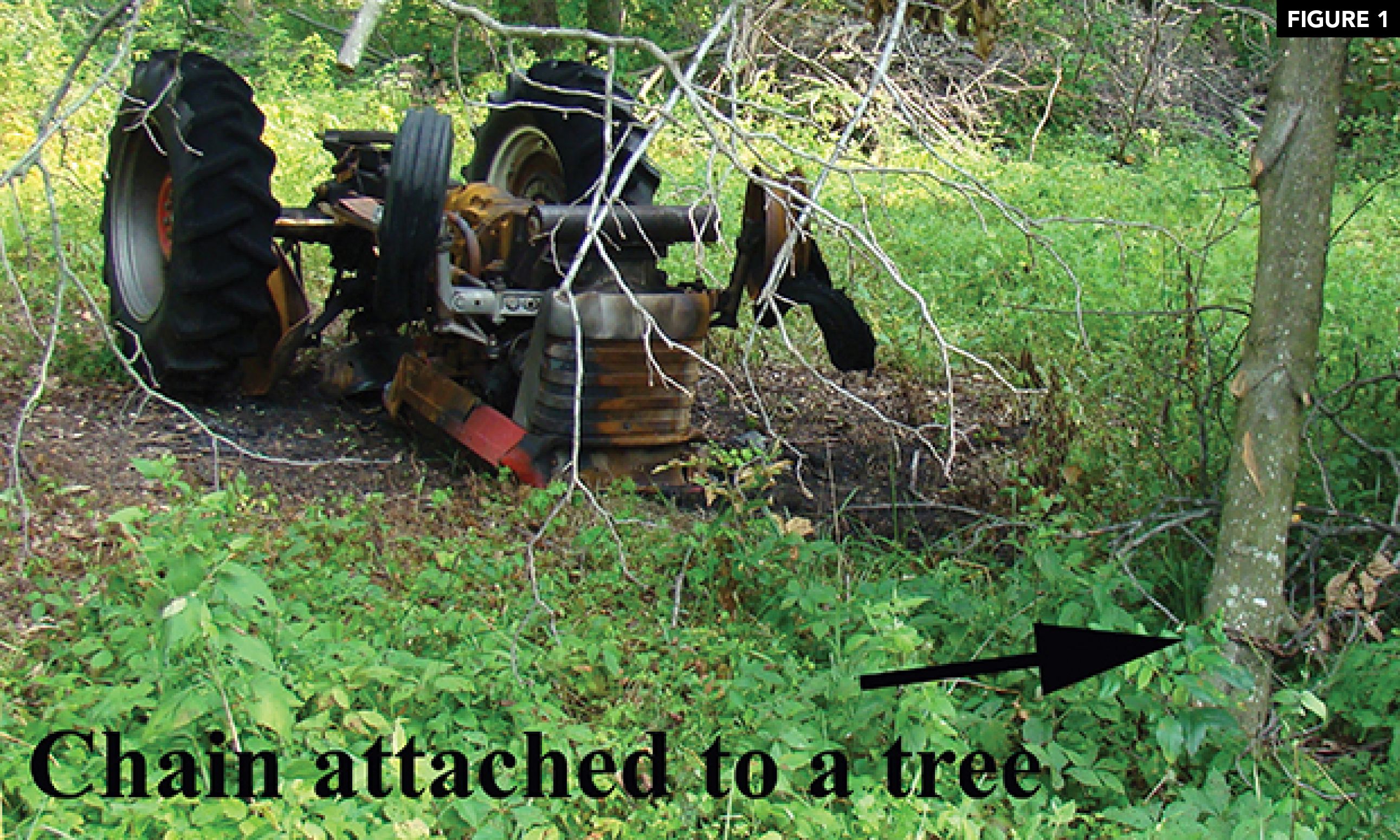 Figure 1. This is how the chain was attached from the tractor to the tree. (Photo: C. Roberts)
Figure 1. This is how the chain was attached from the tractor to the tree. (Photo: C. Roberts)
According to the United States Department of Labor, 44% of farm accidents are due to tractor rollovers. The National Agricultural Tractor Safety Initiative reports that tractors cause about 130 deaths annually — or half of all farmworker fatalities. This case study deals with a common type of tractor upset where the tractor ends up upside down. Figure 1 shows the tractor at the accident scene. The tractor was being operated for pulling down a tree with a chain attached to the tractor body and the base of a tree. While performing this task, the tractor turned over, ejected the driver and caught fire, resulting in a fatality.
Recommended For You
Want to continue reading?
Become a Free PropertyCasualty360 Digital Reader
Your access to unlimited PropertyCasualty360 content isn’t changing.
Once you are an ALM digital member, you’ll receive:
- Breaking insurance news and analysis, on-site and via our newsletters and custom alerts
- Weekly Insurance Speak podcast featuring exclusive interviews with industry leaders
- Educational webcasts, white papers, and ebooks from industry thought leaders
- Critical converage of the employee benefits and financial advisory markets on our other ALM sites, BenefitsPRO and ThinkAdvisor
Already have an account? Sign In Now
© Touchpoint Markets, All Rights Reserved. Request academic re-use from www.copyright.com. All other uses, submit a request to [email protected]. For more inforrmation visit Asset & Logo Licensing.







